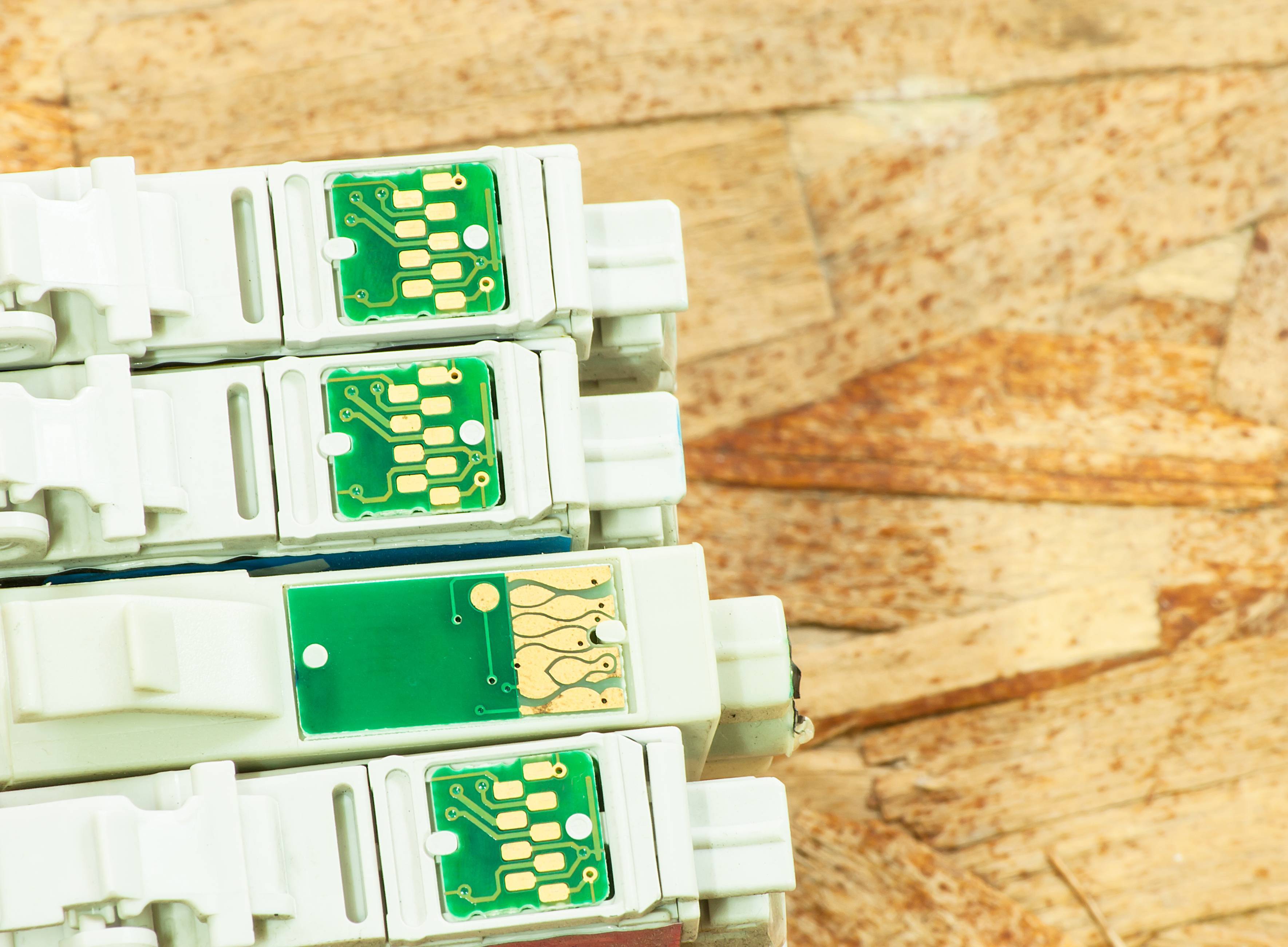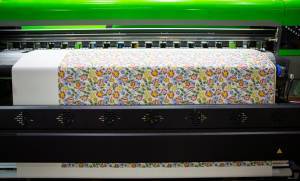
Scientists have recently discovered a new method to artificially differentiate stem cells made possible through the use of inkjet printers. At Iowa State University, researchers are excited about the potential of multi-layer graphene circuits printed by inkjet printers to play a significant role in the creation of a valuable and scarce cell type. This new nanotechnology offers efficient alternatives to an inefficient process thanks to the ease with which the circuits can be printed using inkjet technology.
The new nanotechnology being developed also relies on lasers to improve the surface structure and conductivity of the graphene circuits. Doing this allows for the creation of Schwann cells, the sought after cells at the heart of the research at Iowa State. These cells are particularly valuable because they are found in the peripheral nervous system and produce the myelin sheath around neuronal axons. Their existence is crucial when it comes to cell regeneration. While Schwann cells are needed to promote the health of nerve cells, including those being developed by researchers, they are also not readily available in useful numbers.
The new inkjet-supported process circumvents the low number of available Schwann cells by easily creating new ones. By adding a small dose of electricity to readily available mesenchymal stem cells that grow effectively on the circuit’s 3D nanostructures, the stem cells change into Schwann cell replicas. While mesenchymal stem cells, which form bone and cartilage, have been used in this way previously, the chemical process used to turn them into Schwann cells is much more difficult and expensive.
How Inkjet Printers are Playing a Role
Using inkjet printers, researchers are able to better capitalize on the many advantages graphene brings to this process, specifically its strength, stability, and biocompatibility. It is also inexpensive to produce and can easily be worn by users. The only improvement that needed to be made to this application was treating the circuits to be more electrically conductive. Rather than using heat or chemicals that might damage the materials, the research team at Iowa State was able to develop laser technology that irradiates graphene oxide. In the process, the conductivity of the circuits becomes more than a thousand times better.
Initially, this was meant to improve the growth of stem cells on the inkjet printed graphene. The actual differentiation of cells was unexpected. What was supposed to have been an exceptional platform for cell growth completely changed the process for altering stem cells. Through the new process, the number of Schwann cells produced and the rate at which they grow has been significantly higher than the previous chemical-based process.
Now researchers have begun to contemplate the changes this new process might lead to. One of the most exciting possibilities involves the treatment of nerve injuries. The nanotechnology might eventually be used to create dissolvable nerve regeneration tools that could be left within someone’s body without needing to be removed later on. Given the cost-effective nature of the new process (a characteristic seen in inkjet printing as a whole), we might see these developments much sooner than previously imagined.






